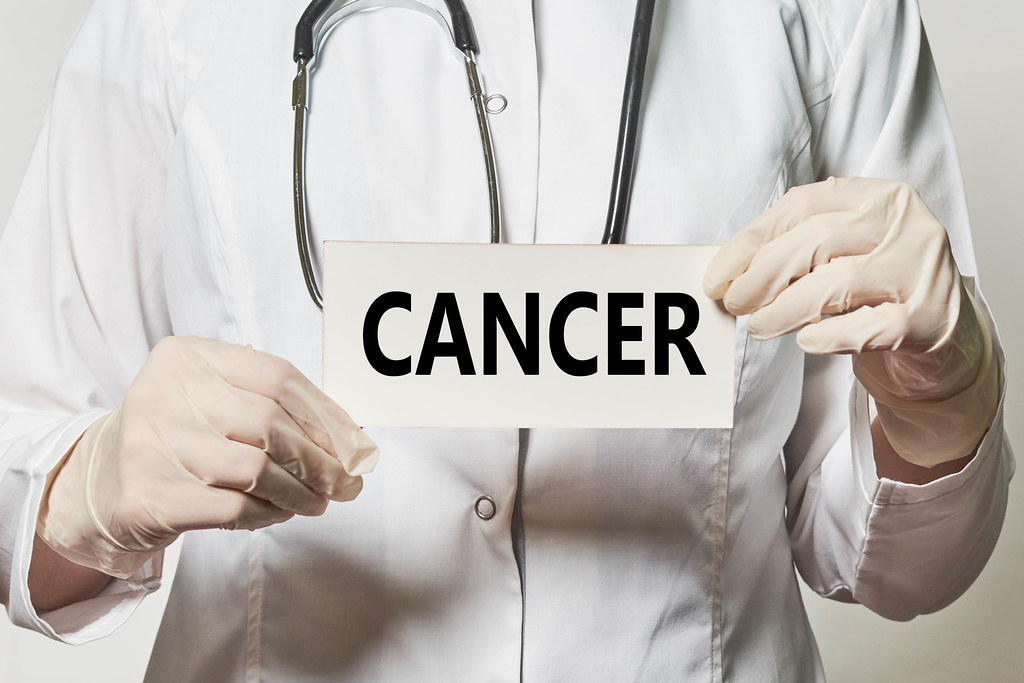Oral cancer or Mouth cancer is a complex disease that can manifest in various forms, each with its unique characteristics and implications for diagnosis and treatment. By familiarizing yourself with the different Types of Mouth Cancer, you can better understand the condition and its potential impact on oral health.
- Squamous Cell Carcinoma (SCC):
- Description: Squamous cell carcinoma is the most common type of mouth cancer, accounting for the majority of cases. It arises from the thin, flat squamous cells that line the oral cavity, including the lips, tongue, gums, and inner cheeks.
- Symptoms: Symptoms may include persistent mouth ulcers, white or red patches in the mouth, difficulty swallowing or chewing, and swelling or lumps in the mouth or neck.
- Risk Factors: Risk factors for SCC include tobacco use (smoking or chewing), excessive alcohol consumption, sun exposure (for lip cancer), and human papillomavirus (HPV) infection.
- Treatment: Treatment options for SCC may include surgery, radiation therapy, chemotherapy, or a combination of these modalities, depending on the stage and location of the cancer.
- Verrucous Carcinoma:
- Description: Verrucous carcinoma is a slow-growing variant of squamous cell carcinoma. It typically presents as a wart-like growth and primarily affects the gums and inner cheeks.
- Symptoms: Symptoms may include a painless, raised mass with a rough or wart-like surface, which may bleed or become ulcerated over time.
- Risk Factors: Risk factors for verrucous carcinoma are similar to those for SCC, including tobacco use and alcohol consumption.
- Treatment: Treatment typically involves surgical removal of the tumor, often with wide margins to ensure complete excision. Radiation therapy may be used in some cases.
- Adenocarcinoma:
- Description: Adenocarcinoma originates from the glandular cells of the salivary glands in the mouth. It can occur in various locations, including the palate, cheeks, lips, and floor of the mouth.
- Symptoms: Symptoms may include swelling or a lump in the affected area, numbness or weakness in the face, and difficulty swallowing or speaking.
- Risk Factors: Risk factors for adenocarcinoma may include exposure to radiation, certain genetic syndromes, and older age.
- Treatment: Treatment options for adenocarcinoma may include surgery, radiation therapy, chemotherapy, or targeted therapy, depending on the specific characteristics of the tumor.
- Mucoepidermoid Carcinoma:
- Description: Mucoepidermoid carcinoma is another type of mouth cancer that arises from the salivary glands. It can occur in the oral cavity, as well as in other parts of the head and neck region.
- Symptoms: Symptoms may include a painless mass or swelling in the affected area, difficulty swallowing, and changes in taste or sensation in the mouth.
- Risk Factors: Risk factors for mucoepidermoid carcinoma are similar to those for other salivary gland tumors, including radiation exposure and certain genetic factors.
- Treatment: Treatment typically involves surgical removal of the tumor, sometimes followed by radiation therapy or chemotherapy, depending on the characteristics of the tumor.
- Adenoid Cystic Carcinoma:
- Description: Adenoid cystic carcinoma is a rare but aggressive cancer that develops from the salivary glands. It tends to grow slowly but can invade surrounding tissues and structures.
- Symptoms: Symptoms may include a painless mass or swelling in the mouth or neck, difficulty swallowing, and changes in voice quality.
- Risk Factors: Risk factors for adenoid cystic carcinoma are not well-defined, but it may occur more frequently in individuals with a history of radiation exposure.
- Treatment: Treatment typically involves surgery to remove the tumor, often followed by radiation therapy to target any remaining cancer cells.
- Lymphoma:
- Description: Lymphoma is a type of cancer that affects the lymphatic system. While it more commonly occurs in lymph nodes, it can also manifest in the oral cavity, including the tonsils and base of the tongue.
- Symptoms: Symptoms may include swelling of the lymph nodes in the neck, sore throat, difficulty swallowing, and persistent fatigue.
- Risk Factors: Risk factors for lymphoma include immune system disorders, certain infections (such as Epstein-Barr virus), and exposure to certain chemicals or toxins.
- Treatment: Treatment for oral lymphoma may involve chemotherapy, radiation therapy, targeted therapy, immunotherapy, or a combination of these approaches.
- Melanoma:
- Description: Melanoma is a type of cancer that originates from the pigment-producing cells called melanocytes. Although less common, it can develop in the oral cavity, especially on the lips and oral lining.
- Symptoms: Symptoms may include a dark-colored or irregularly shaped lesion on the lips, gums, or other oral tissues, changes in the color or size of existing moles, and bleeding or ulceration in the affected area.
- Risk Factors: Risk factors for oral melanoma include sun exposure, a history of melanoma or other skin cancers, and certain genetic factors.
- Treatment: Treatment options for oral melanoma may include surgery to remove the tumor, as well as radiation therapy, chemotherapy, or targeted therapy, depending on the stage and characteristics of the cancer.
Understanding the various types of mouth cancer is essential for early detection, diagnosis, and treatment. If you experience any symptoms or have concerns about your oral health, it is crucial to consult with a healthcare professional promptly. Regular dental check-ups and screenings can also help detect oral cancer in its early stages when treatment is most effective.

